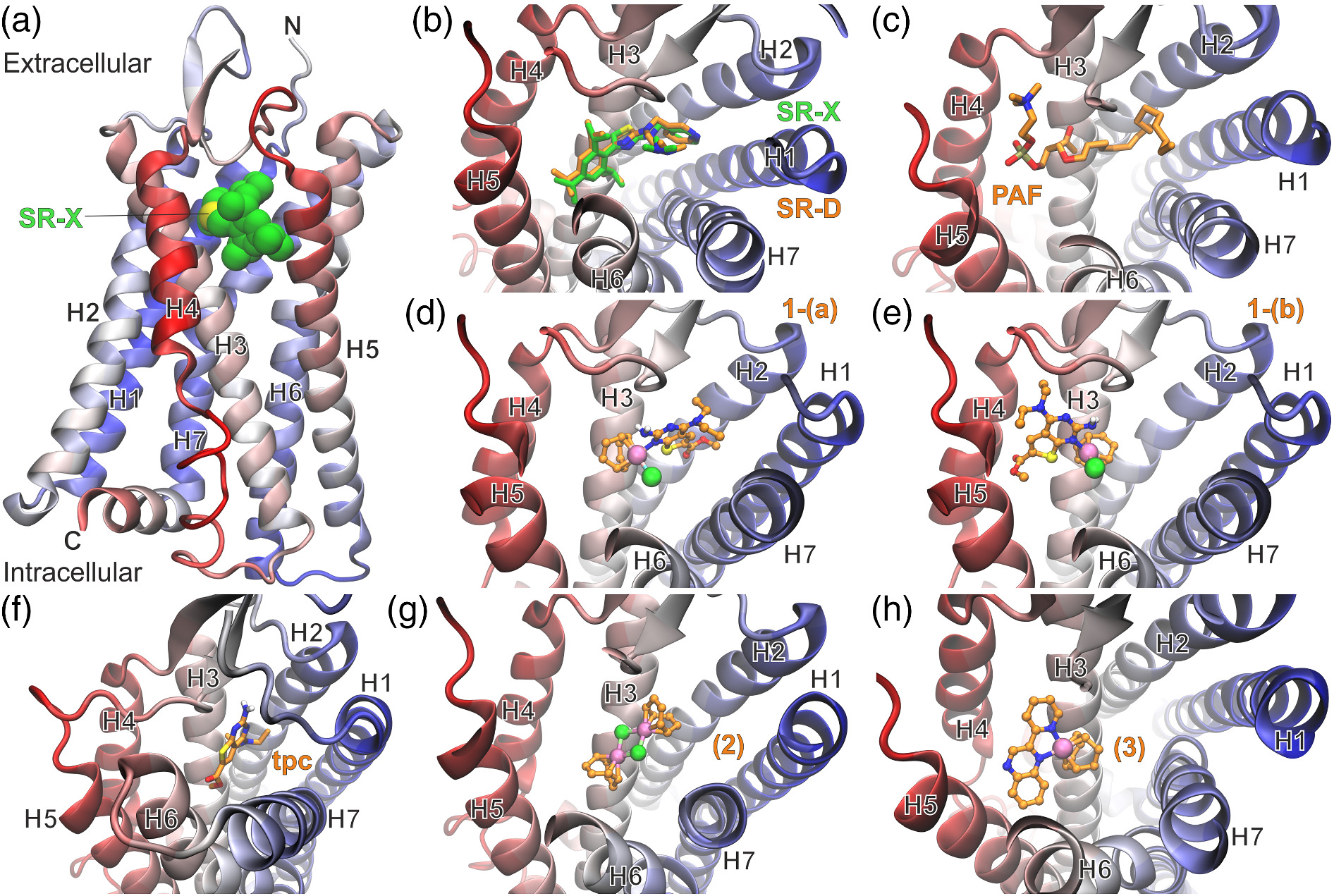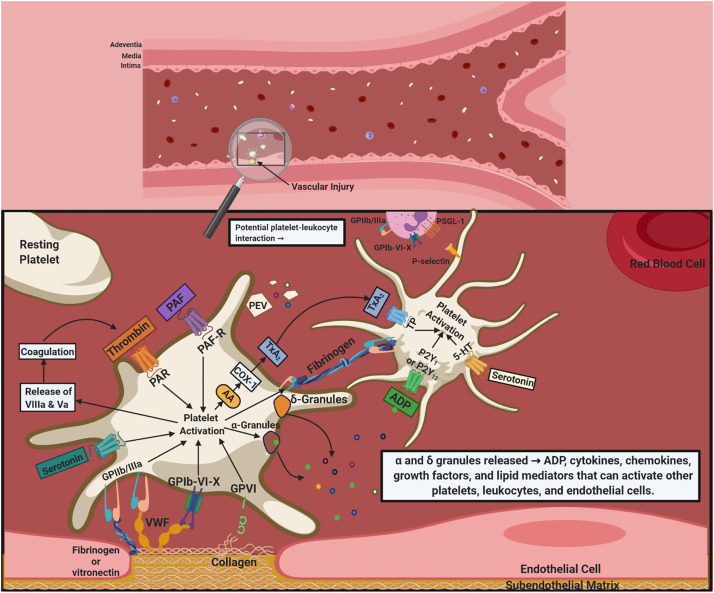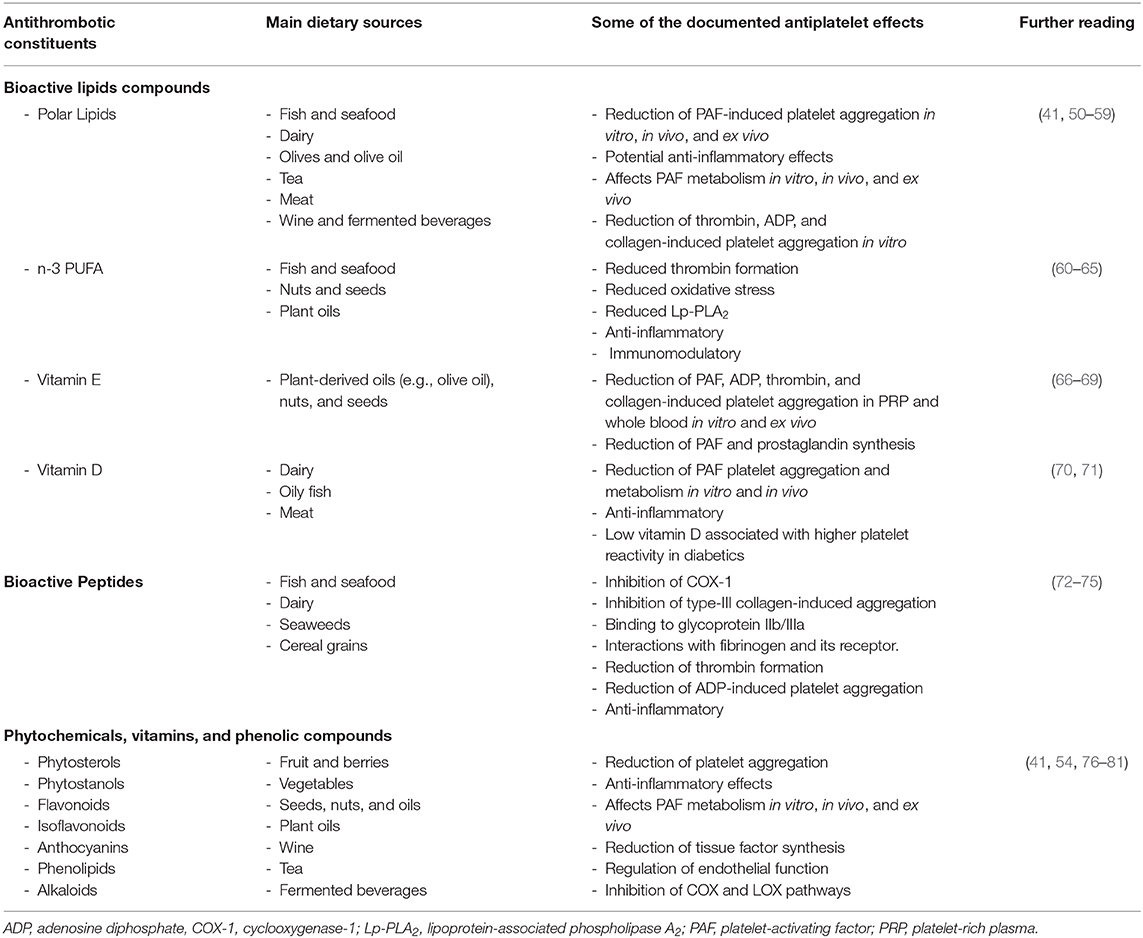Zinc signaling controls astrocyte-dependent synapse modulation via the PAF receptor pathway
We conclude that zinc is a crucial signaling ion involved in astrocyte activation and an important dietary factor that controls astrocytic pro-inflammatory processes. Thus, targeting zinc homeostasis may be an important approach in several neuroinflammatory conditions.



